If you want one château that tells the story of French royal power, architectural innovation, intrigue, and art — all in one place — Château de Blois is a must. Located in the ancient Loire Valley town of Blois, this royal château spans from medieval fortress to Renaissance splendour to classical elegance, wrapped within the walls of its four distinct wings. Whether you’re a history buff, architecture admirer, or simply looking for a beautiful place to explore, Blois offers a rich, multi-layered experience.
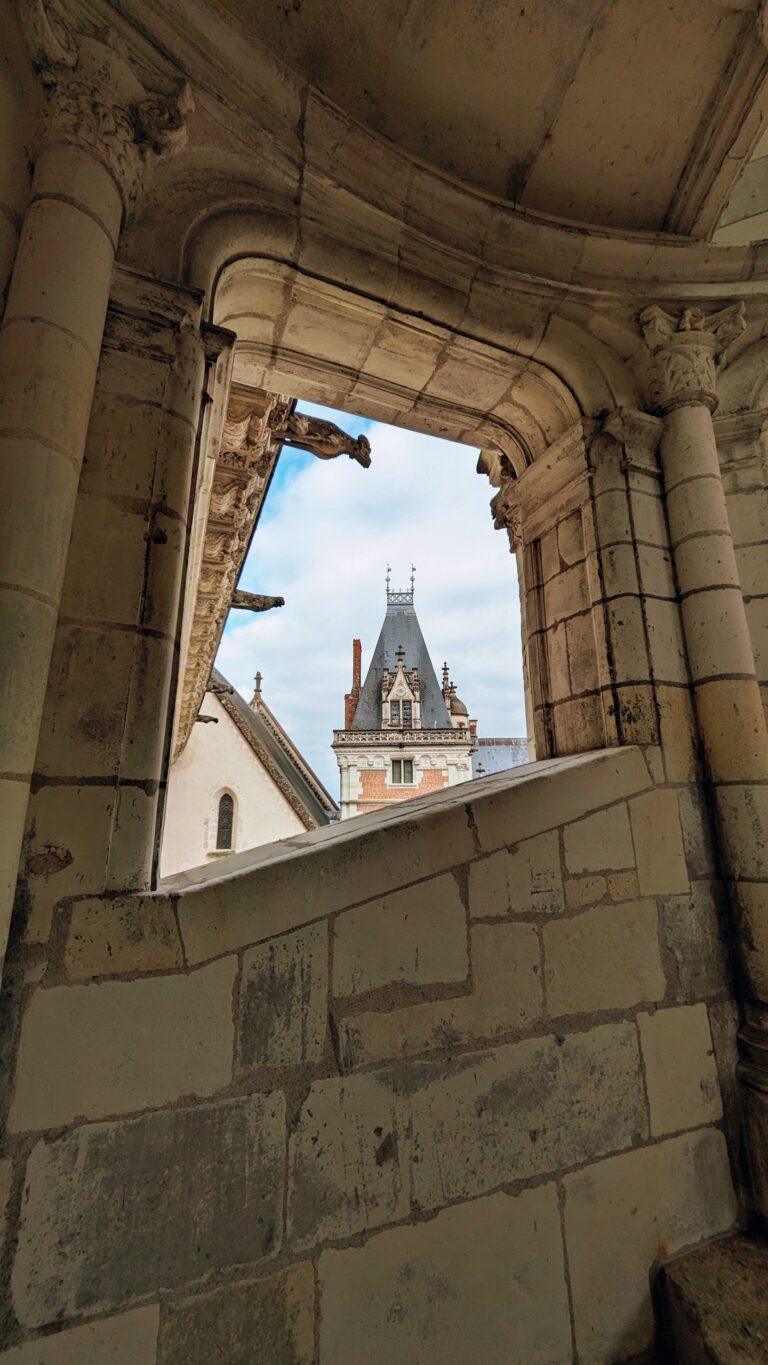
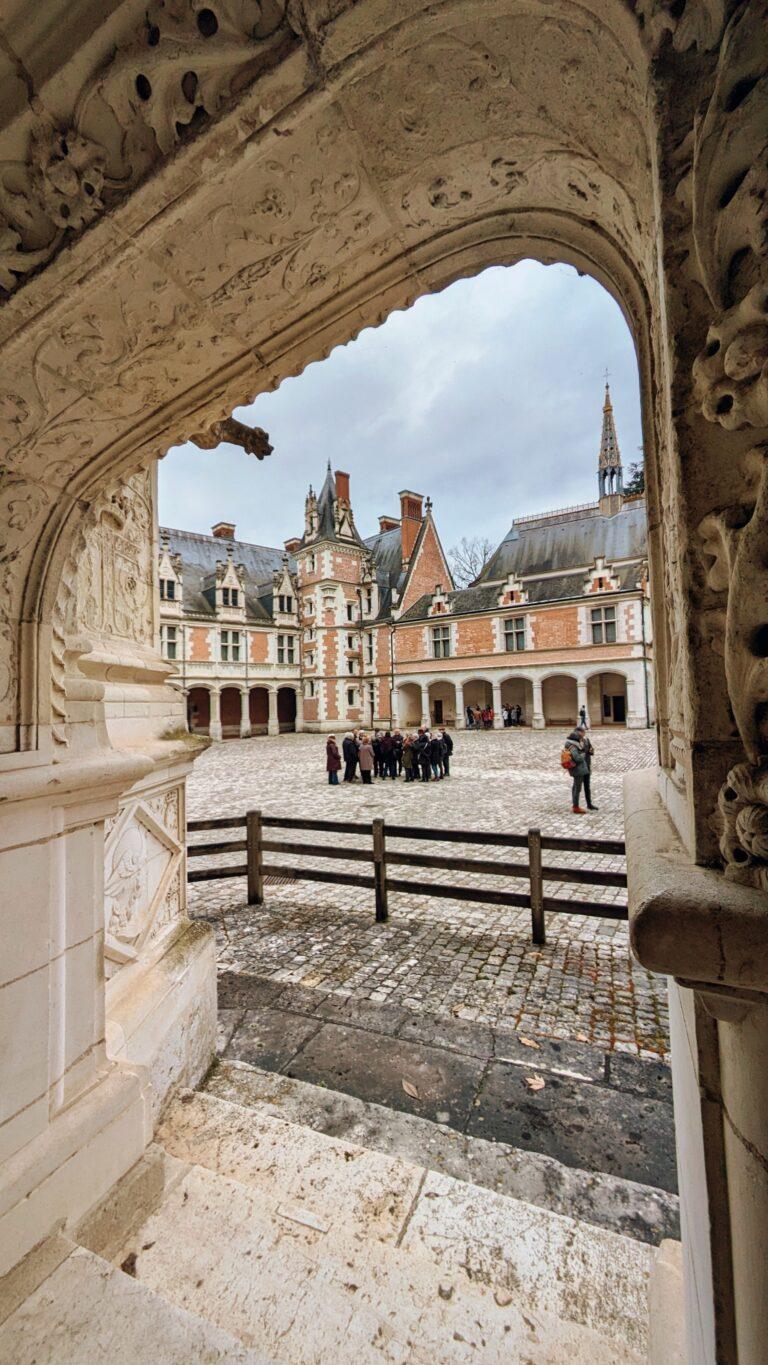
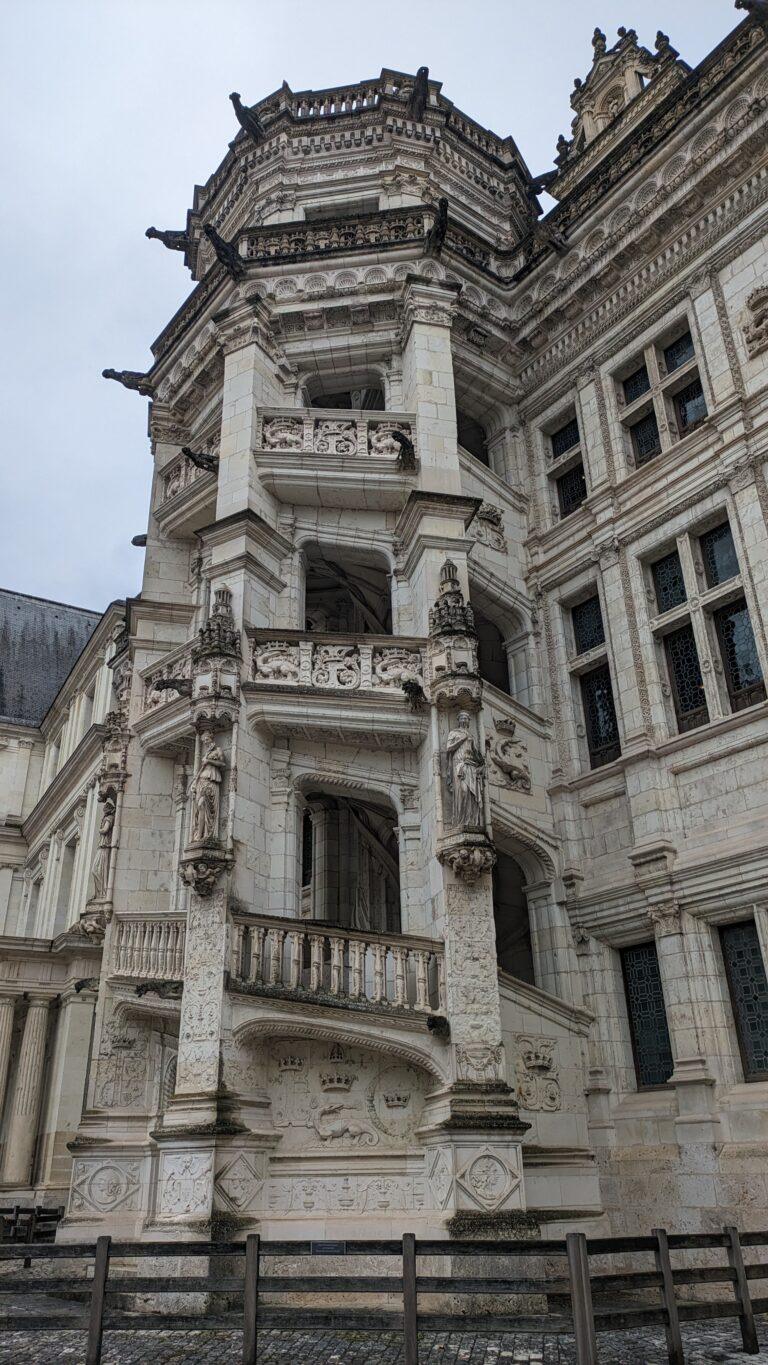
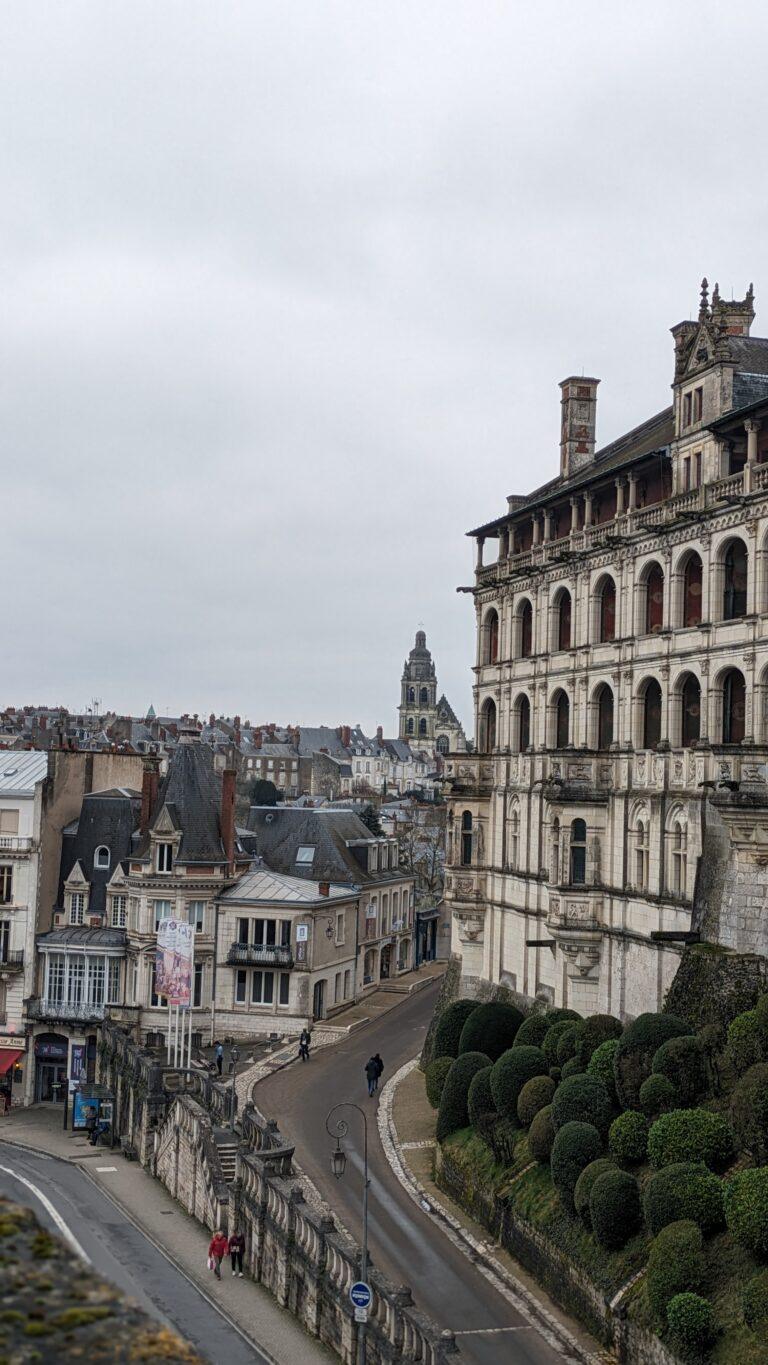
History: From Counts to Kings to Preservation
Blois was originally a fortified settlement. By the 12th-13th centuries the stronghold already included a “great tower” and the Salle des États Généraux (“Estates General Room”), one of the oldest and largest surviving Gothic civilian halls in France.
Under Louis XII (reign beginning 1498), the château was transformed with a Gothic-influenced wing characterised by brick and stone facades. François I followed, adding the famous François I wing, including the elegant corkscrew (spiral) staircase. Gaston, Duke of Orléans, added the classical wing (17th century), although not fully completed, reflecting symmetry and classical orders.
After the reign of Louis XIV, the château declined and served various uses. In 1840 it was listed as a Monument historiqueand restored under architects like Félix Duban.
Because each monarch rebuilt or extended the château in his own reign — and because architectural fashions changed across centuries — the Château de Blois grew in stages rather than being designed all at once. This is why today’s visitor finds four strikingly different styles — medieval, Gothic, Renaissance and Classical — side by side in the same courtyard.
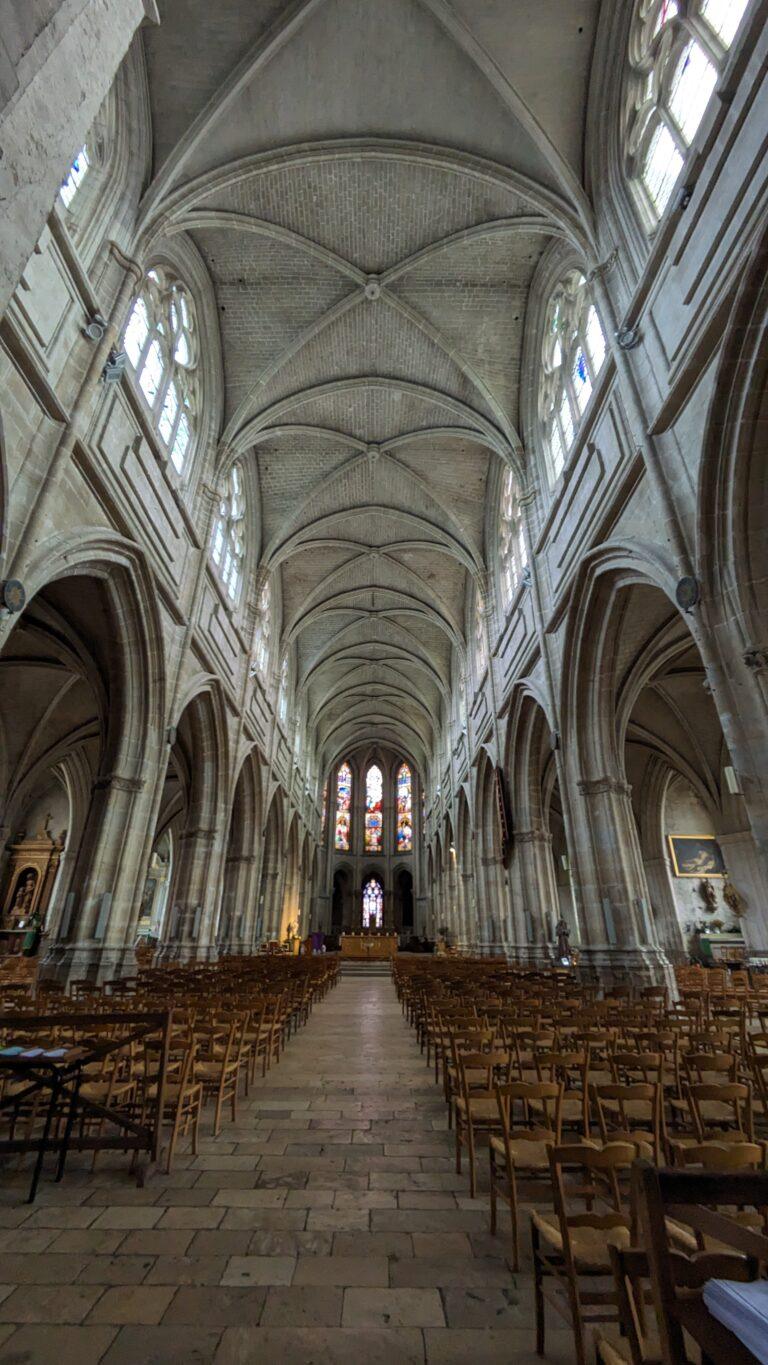
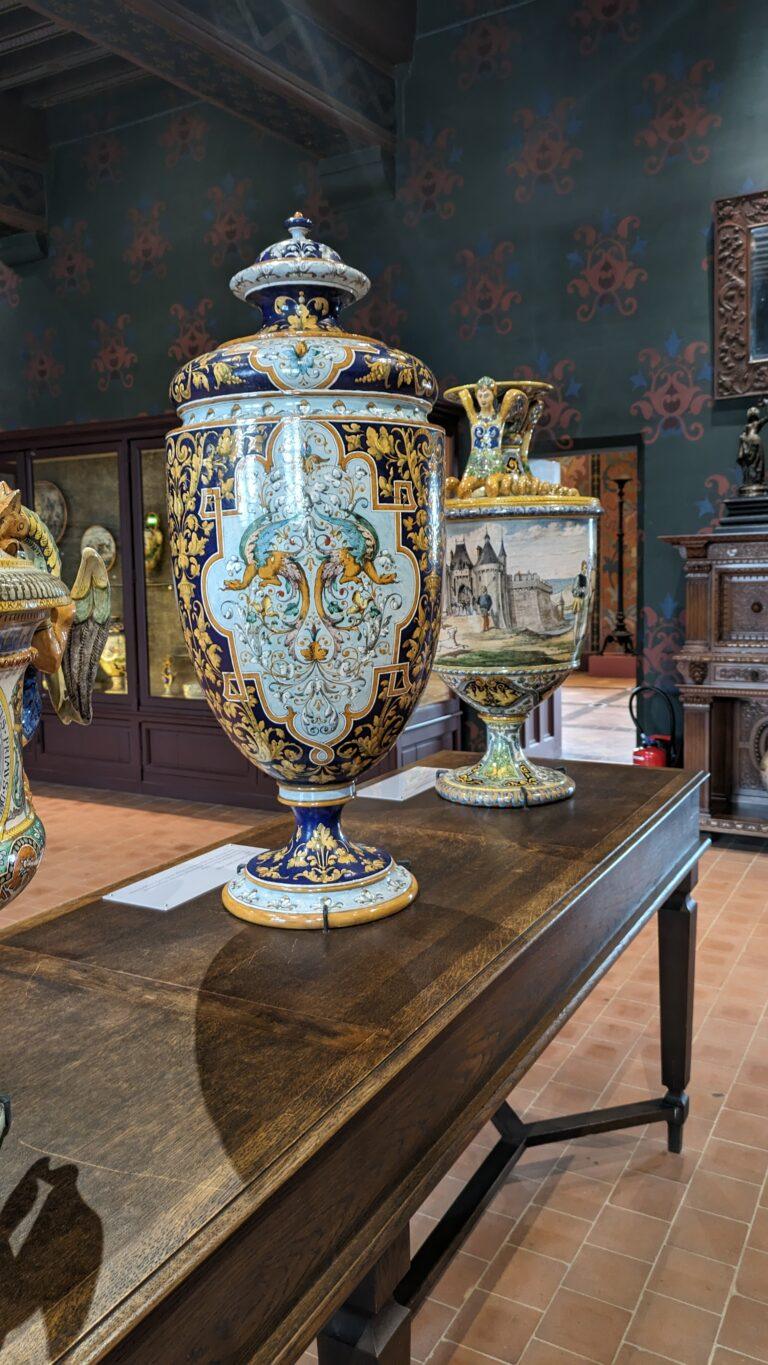
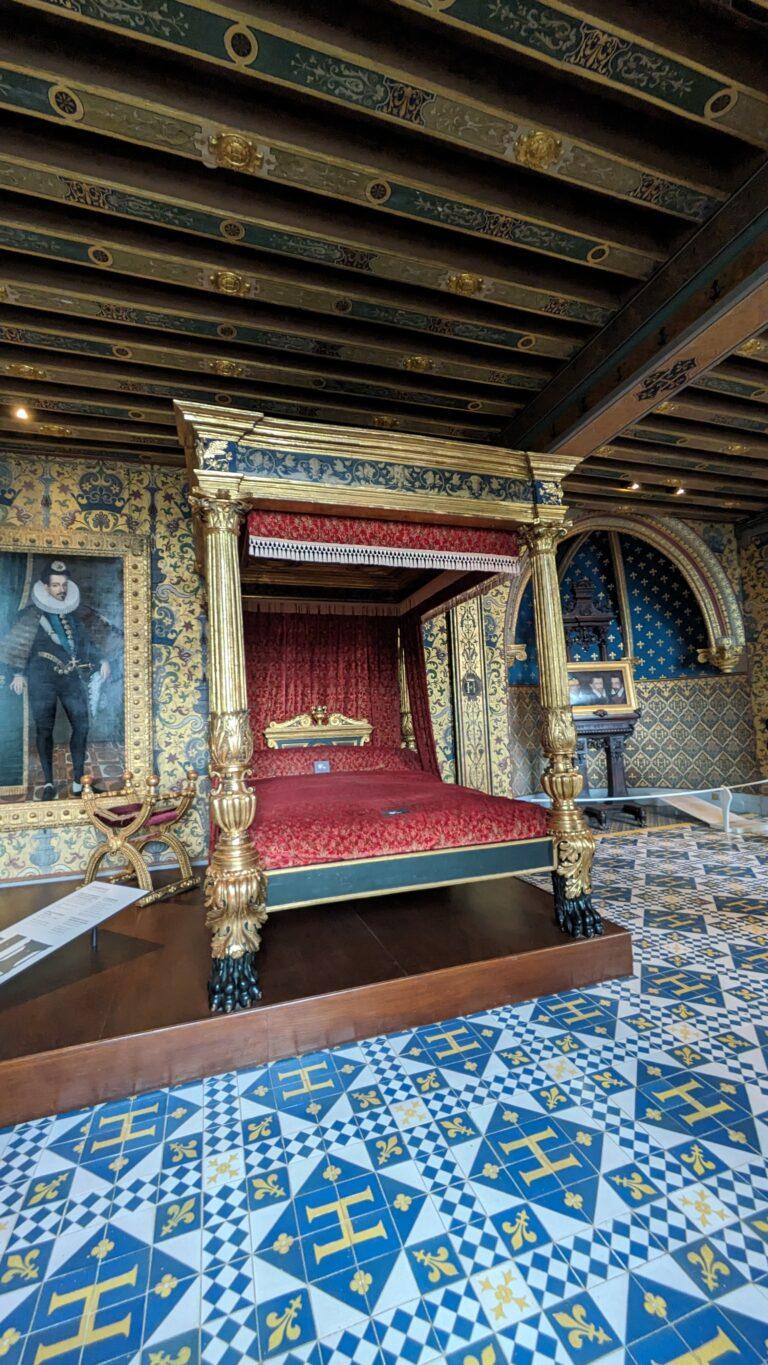
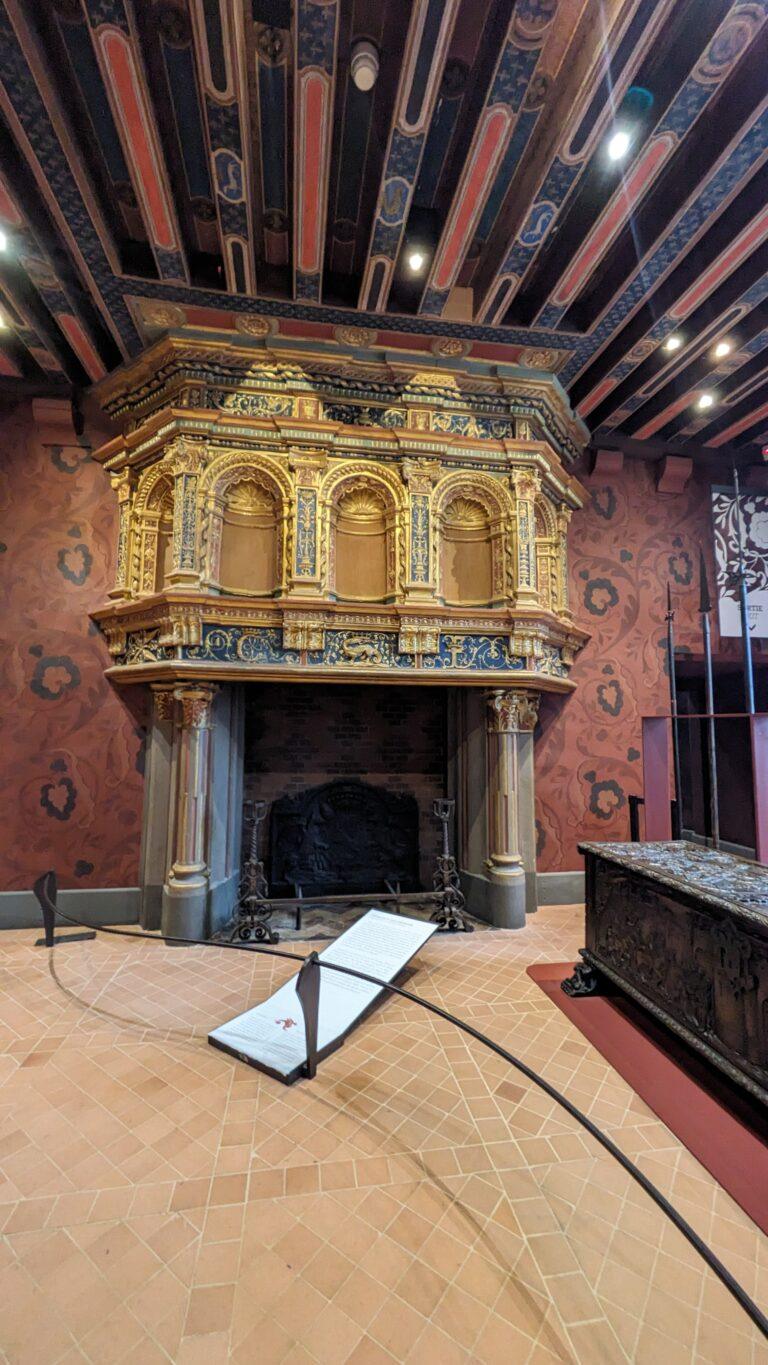
Architectural Styles & Wings
Château de Blois is unique because the four main wings are from different periods and in different styles. From the courtyard you can see and feel the transitions in time.
| Wing | Approximate date | Style | Key Features |
|---|---|---|---|
| Medieval fortress (keep, towers, some remains) | 13th century and before | Medieval military architecture | Thick walls, defensive towers, crenellations. |
| Louis XII wing | c. 1498-1500 | Late Gothic / early Renaissance | Brick & stone façade, decorative chimneys, Gothic windows, large halls. www.billets-chateaux-de-la-loire.fr+1 |
| François I wing | c. 1515-1520 | French Renaissance | Ornate façades, loggias, the famous spiral staircase (scale decorative detail). Blois+1 |
| Gaston d’Orléans (classical) wing | 17th century | Classical French | Classical orders, symmetry, more restrained decoration. Blois+1 |
Main Attractions at Château de Blois
One of the joys of visiting Château de Blois is that you don’t have to follow a rigid path — but there are some unmissable highlights. Here’s what most visitors make a point to see:
The Courtyard & Four Wings
Stand in the Cour d’Honneur to admire all four architectural styles — medieval towers, the brick-and-stone Gothic Louis XII wing, the ornate Renaissance François I wing with its famous spiral staircase, and the classical Gaston d’Orléans wing.The François I Spiral Staircase
Perhaps the château’s most photographed feature: a corkscrew staircase rising on the courtyard façade, decorated with carved reliefs.The Salle des États Généraux (Estates-General Room)
One of France’s oldest and largest surviving civil Gothic halls, used for assemblies and justice.Royal Apartments & Chapel
Restored Renaissance rooms, painted ceilings, carved fireplaces, tapestries and the Gothic Chapel of St. Calais — a window into courtly life.The Musée des Beaux-Arts
Located in the Louis XII wing, with works by Rubens, Ingres, Boucher and more, plus decorative arts and furniture.Assassination of the Duke of Guise Site
The infamous 1588 event where Henry I, Duke of Guise, was killed on the orders of King Henry III — a reminder of the château’s dramatic history.Sound & Light Show (Son et Lumière)
In summer evenings the façades become a canvas for projections that animate the château’s history.
These highlights give you a balanced picture of Blois without having to know every room’s name in advance. You can still explore more intimate chambers and temporary exhibits at your own pace.
Blois makes an excellent base for visiting other Loire châteaux too — see my posts on Château de Chambord and Château de Chenonceau for tips.
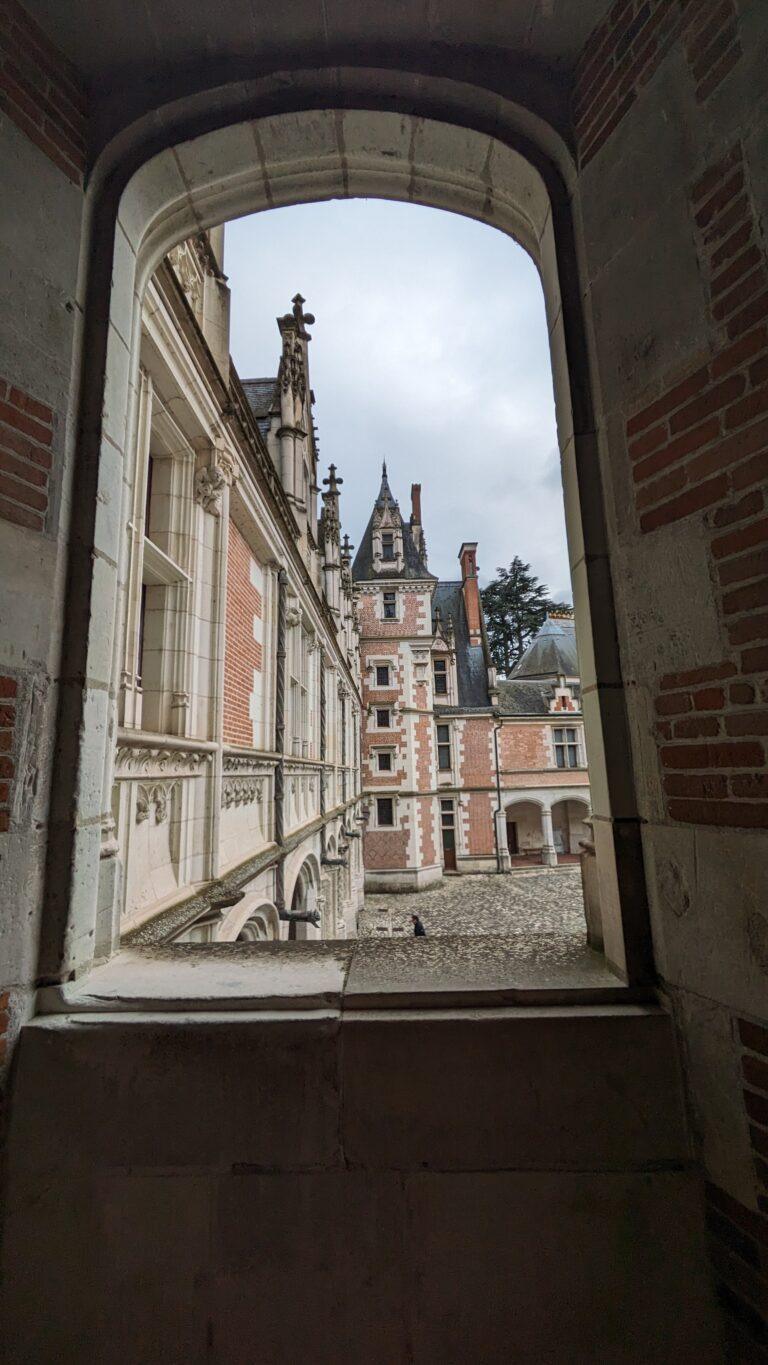
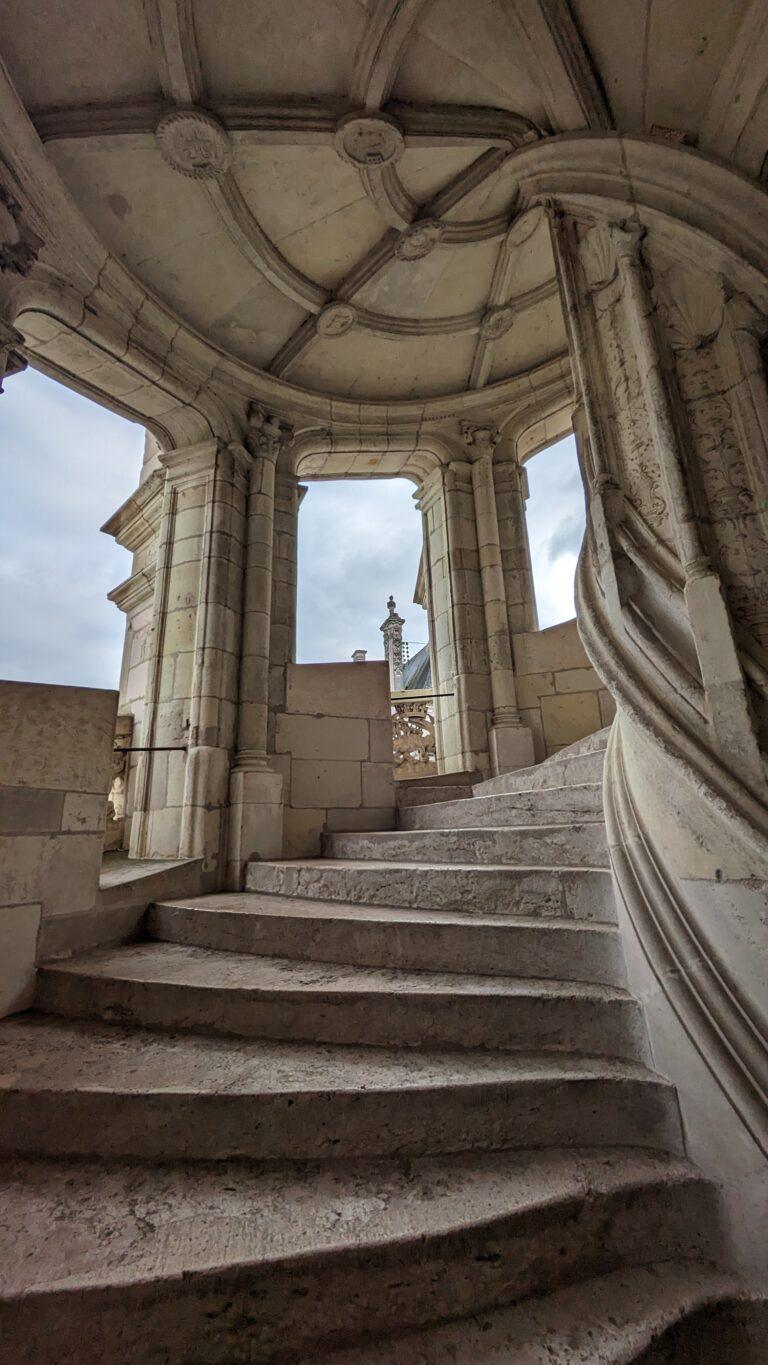
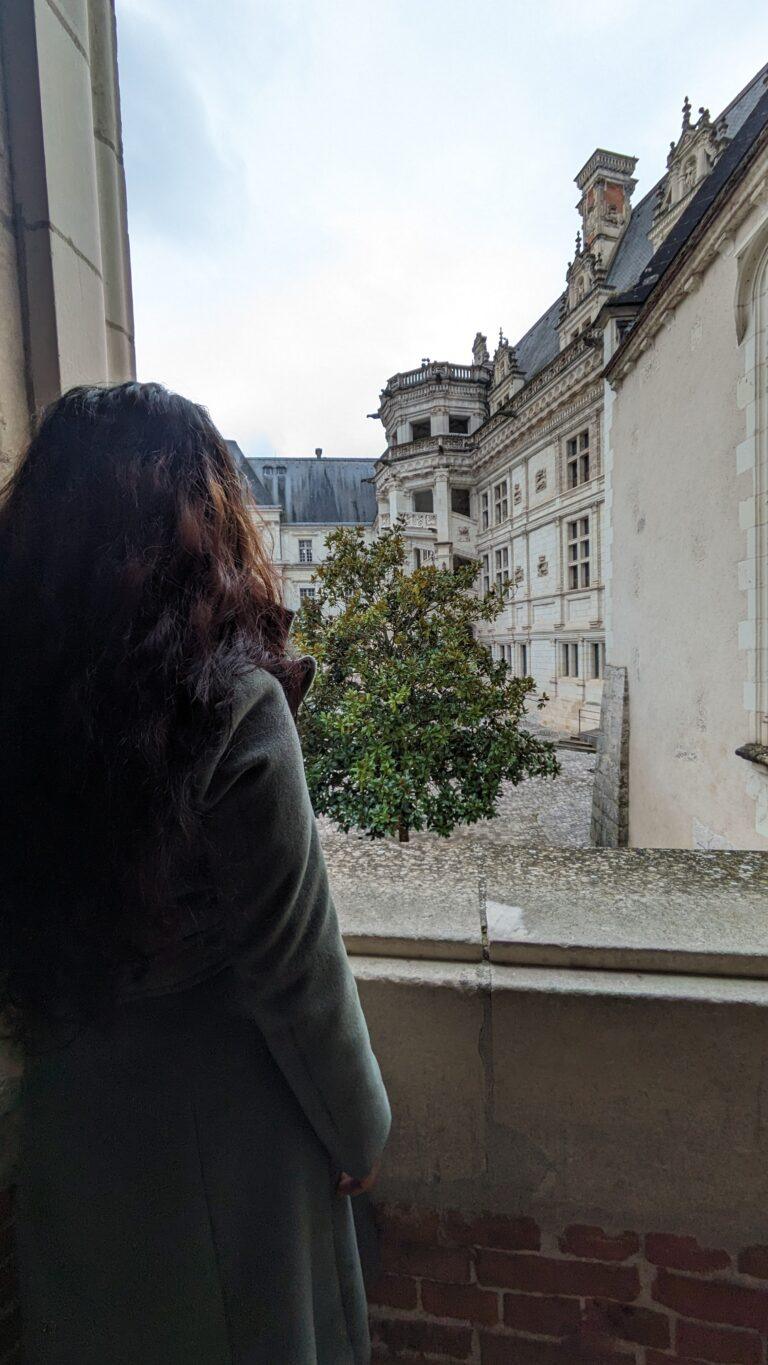
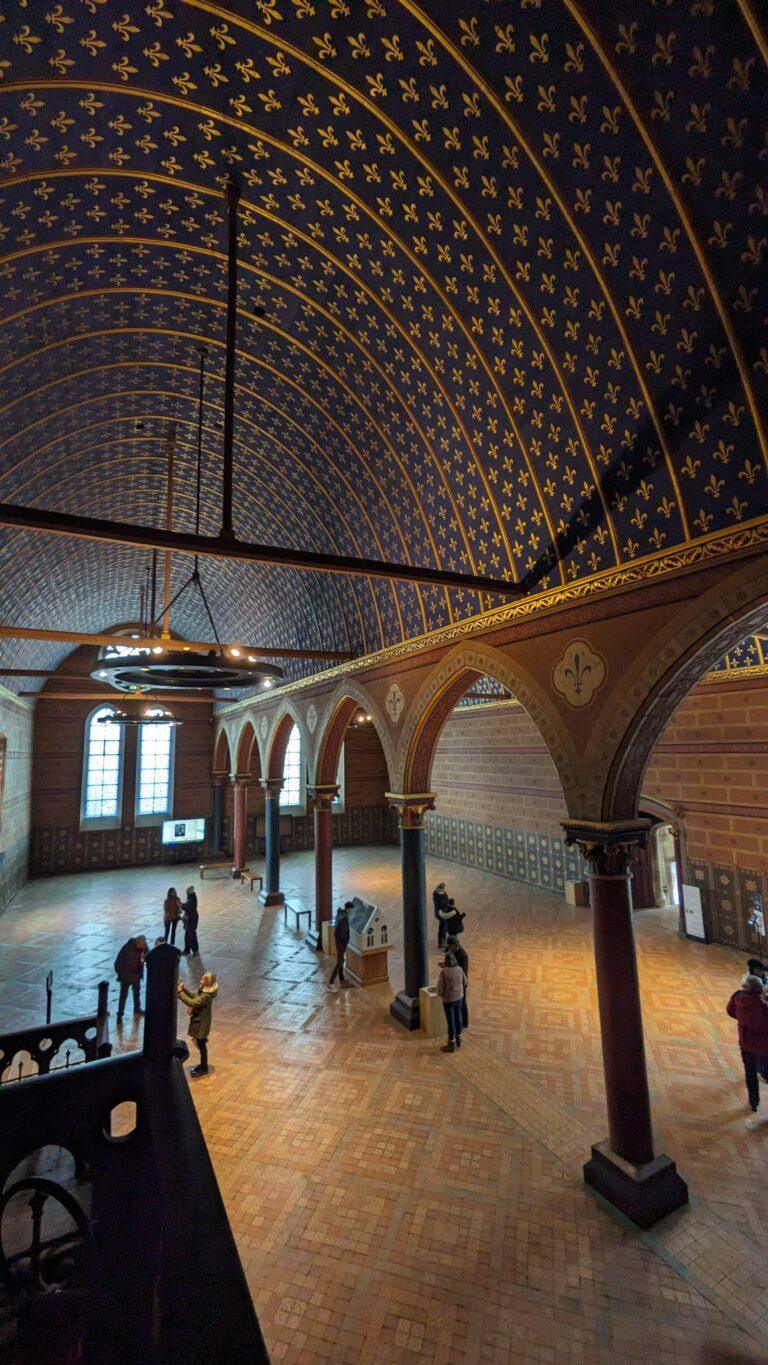
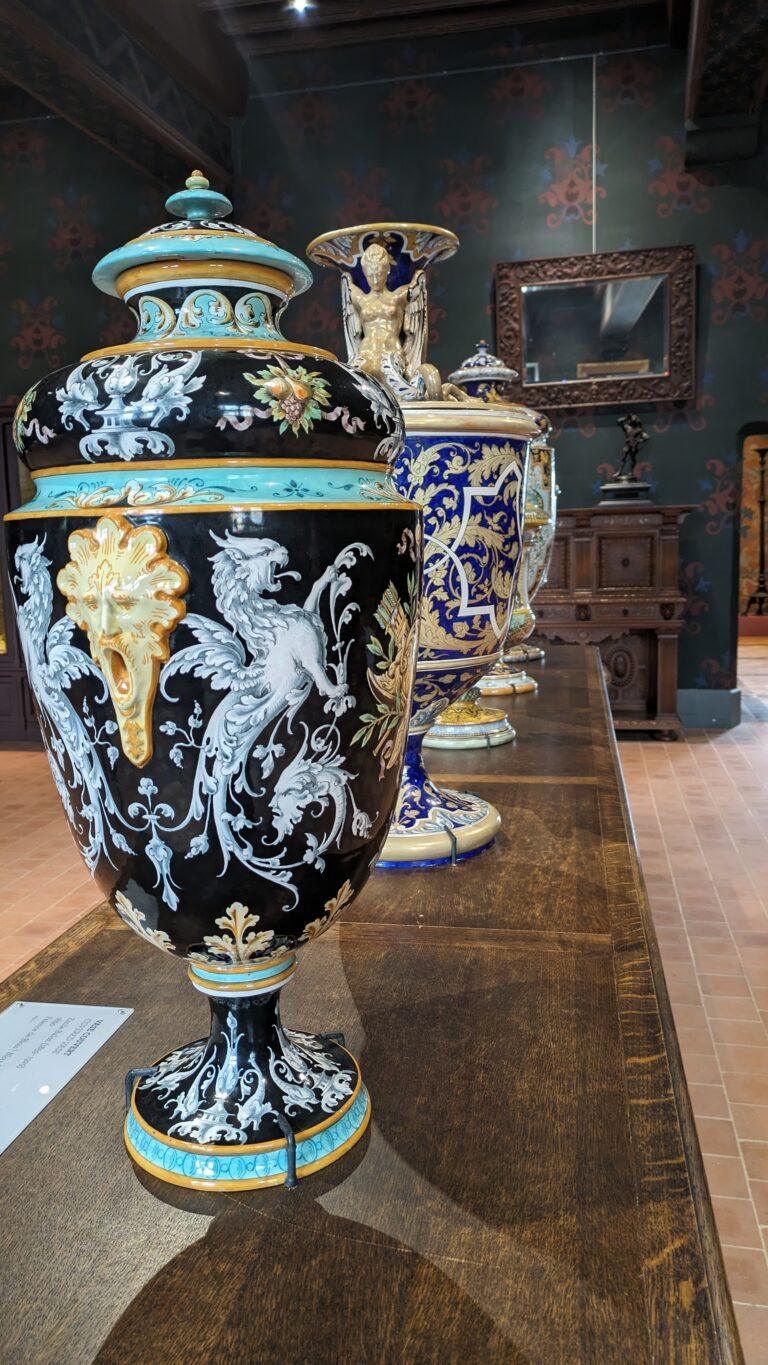

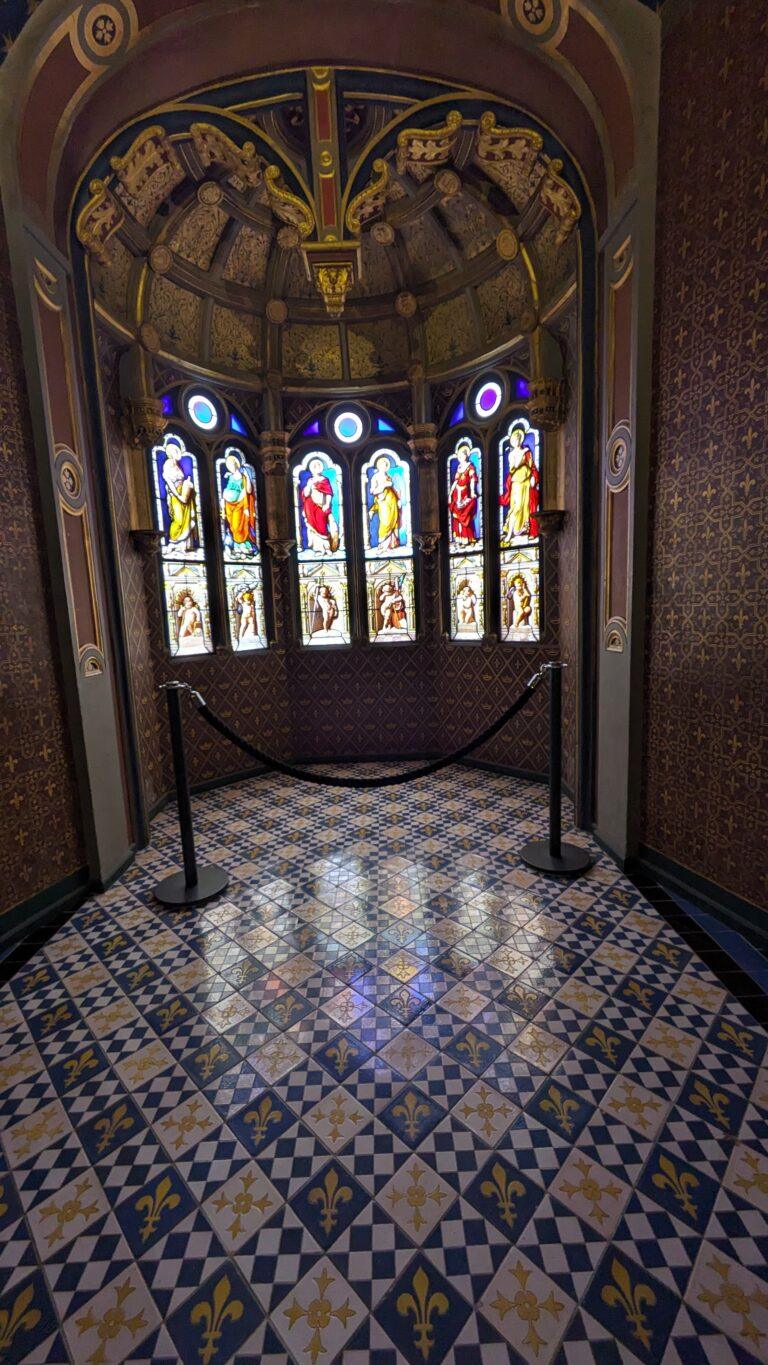

Practical Info: Tickets, Hours & Accessibility
Here are some things to help you make the most of your visit:
Opening hours & tickets – The château is managed by the town of Blois and offers regular opening times, with audio guides and sometimes night light-shows in summer. chateaudeblois.fr
Timing your visit – Arrive early or late afternoon for softer light and fewer crowds.
Getting there – Located in Blois, easily accessible by train or car from the Paris region or Tours.
Footwear & pace – Wear comfortable shoes; you’ll walk through rooms, up stairs, along courtyards.
Photography – Many areas allow photography without flash; turn off flash where signs request.
Combine & explore – Use Blois as a base to explore other Loire castles, riverside walks, and local wine regions.
My Visit, My Moment
When I arrived at Blois, I felt that familiar hush you get when your footsteps echo on creaking floorboards and the air seems thick with memory. As I paused on the balcony overlooking the Loire, I thought of all the kings and queens who once looked out over these very waters.
I remember lingering in the François I wing, tracing the carvings, imagining court dinners in the rooms nearby, and feeling how rich place-memory can be: the grandeur, the turbulence, the echo of time.
“Walking into Blois feels like wandering into a royal heart that still beats.”
Why Blois Matters Today
Beyond the architecture and stories, Blois matters because it illustrates how places evolve. It shows us how power passes, styles change, and memory stays behind in stone, plaster and gardens. It’s also a place of reflection: on heritage, preservation, and how we live with past greatness.
In recent years, Blois has welcomed digital-enhanced visits, interactive experiences, and rich exhibitions that keep the château alive in new ways.
Nearby Gems to Visit
Since you’re in the region, why not extend your trip and explore nearby wonders?
Château de Chambord – grand, iconic, full of fairy-tale spires.
Château de Chenonceau – elegant, spanning the Cher River with exquisite gardens
Nearby Loire towns & riverside walks – perfect for slow travel, picnicking and vineyards.
Blois works beautifully as the central anchor for a richer Loire Valley adventure.
Where to Eat / Stay Nearby
Around the Place du Château there are cafés and restaurants for lunch or a snack, many with views of the château.
Blois has a good range of hotels, B&Bs and smaller inns. Staying in town gives you evening access to the château area without commuting.
Blois is a convenient base for visiting other Loire châteaux such as Chambord, Cheverny and Chenonceau.
Planning a multi-day château tour? Combine Blois with Château d’Azay-le-Rideau or Château de Chambord for a perfect Loire weekend.
Final Thought
There’s a moment in every traveller’s life when you walk into a place and you feel it—its weight, its presence, its story. For me, the Château royal de Blois was one of those moments.
Stay long enough to pause on a stair, look out a window at the river, wonder who sat in that room, and imagine the echoes of laughter, diplomacy, betrayal. Because this château doesn’t just tell history—it invites you to inhabit it.
When you leave, you’ll carry more than photos; you’ll carry an echo.

